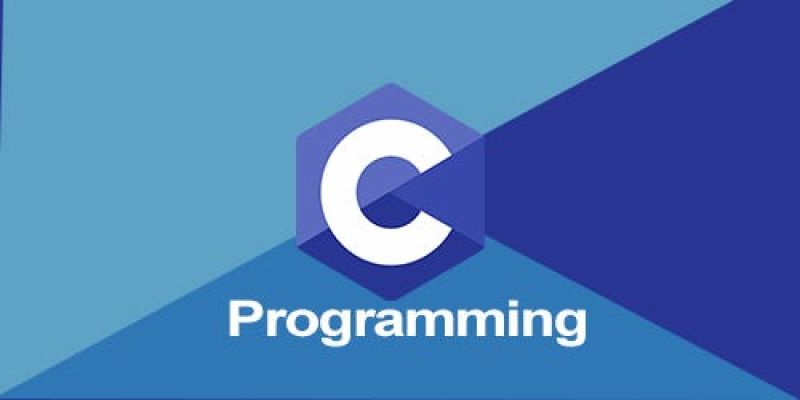C is a middle-level programming language developed by Dennis Ritchie during the early 1970s while working at AT&T Bell Labs in the USA. The objective of its development was in the context of the re-design of the UNIX operating system to enable it to be used on multiple computers.
Earlier the language B was now used for improving the UNIX system. Being a high-level language, B allowed much faster production of code than in assembly language. Still, B suffered from drawbacks as it did not understand data-types and did not provide the use of “structures”.
These drawbacks became the driving force for Ritchie for development of a new programming language called C. He kept most of language B’s syntax and added data-types and many other required changes. Eventually, C was developed during 1971-73, containing both high-level functionality and the detailed features required to program an operating system. Hence, many of the UNIX components including UNIX kernel itself were eventually rewritten in C.
Benefits of C language
- As a middle-level language, C combines the features of both high-level and low-level languages. It can be used for low-level programming, such as scripting for drivers and kernels and it also supports functions of high-level programming languages, such as scripting for software applications etc.
- C is a structured programming language which allows a complex program to be broken into simpler programs called functions. It also allows free movement of data across these functions.
- Various features of C including direct access to machine level hardware APIs, the presence of C compilers, deterministic resource use and dynamic memory allocation make C language an optimum choice for scripting applications and drivers of embedded systems.
- C language is case-sensitive which means lowercase and uppercase letters are treated differently.
- C is a general-purpose programming language and can efficiently work on enterprise applications, games, graphics, and applications requiring calculations, etc.
- C language has a rich library which provides a number of built-in functions. It also offers dynamic memory allocation.
- C implements algorithms and data structures swiftly, facilitating faster computations in programs. This has enabled the use of C in applications requiring higher degrees of calculations like MATLAB and Mathematica.
The following are some use cases for the C language:
- OSes, such as Unix and all Unix applications;
- databases, including Oracle Database, MySQL, Microsoft SQL Server and PostgreSQL, which are partially written in C;
- language compilers, including the C compiler;
- text editors;
- print spoolers;
- assemblers;
- network drivers;
- modern programs, such as Git and FreeBSD;
- language interpreters; and
- utilities, such as network drivers, mouse drivers and keyboard drivers.
